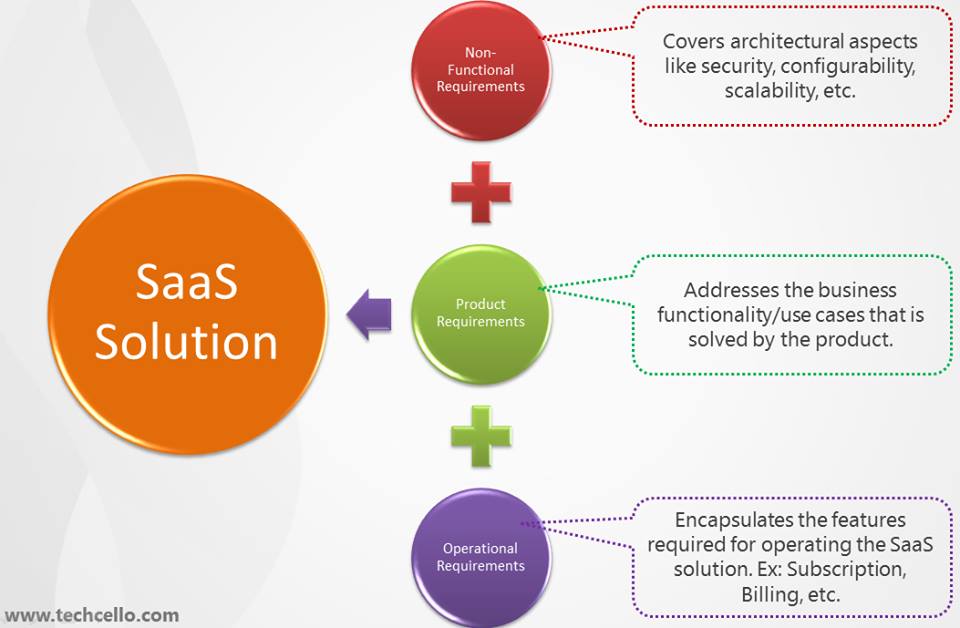There are several strategies available for ISVs to build/migrate their products to a SaaS model. However, each approach has its own pros and cons. There are 2 broad approaches that ISVs typically take towards creating their SaaS solution,
- Single Tenant (or) Hosted Model
- Multi Tenant Model
While there are plenty of differences in the approach between these two models,
• Single tenant approach is mostly for products that are migrated from on-premise models to SaaS/cloud model
• Multi-tenant approach has become the defacto standard for all newly built SaaS solutions
A typical SaaS solution constitutes of 3 types of requirements Non-Functional Requirements, Product Requirements and Operational Requirements.
Product Requirements (has to) vary from product to product, and domain to domain. But, Non-Functional and Operational Requirements more or less remain the same. Your product can be bench-marked against the industry best practices defined in these areas.
In this blog series I will be discussing on how to objectively benchmark your SaaS solution with the industry best practices. I would like to categorize Non-Functional and Operational Requirements in to 4 segments as shown in the below picture.
Architecture – This segment will evaluate your SaaS solution against the architecture and design best practices that determine how well your SaaS product is designed for non-functional requirements. It also focuses on measuring your product from a maintainability perspective.
Security – Security continues to be the top most concern for SaaS adoption. In this segment we will be evaluating your SaaS solution against the security best practices concerning data security, access control, multi-tenancy, etc.
Operations – This segment captures all the operational aspects that are required to manage and service your SaaS solution. We will benchmark your SaaS solution against the best practices of managing a SaaS business.
Configuration – Configuration has become a mandatory for SaaS products particularly those that are delivered in a multi-tenant model, as a single code base has to serve for multiple customers (tenants). In this segment we will measure your SaaS solution’s configurability support for the common customization use cases in SaaS model.
I will be covering more details on each on these 4 segments in the upcoming parts of this blog. Read the next post here.
In case of any queries please feel free to contact me at [email protected]
- Top 10 NFR in Software Architecture – Part 1 - December 1, 2022
- Top 10 Critical NFR for SaaS Applications – Part 2 - October 20, 2022
- Why enterprises should standardize Digital Application Management - July 17, 2017








Comments